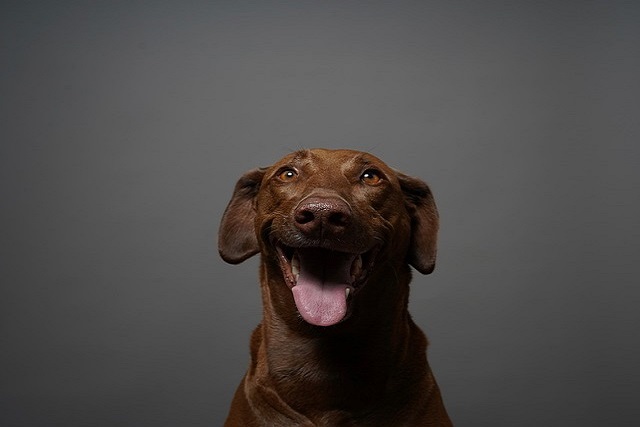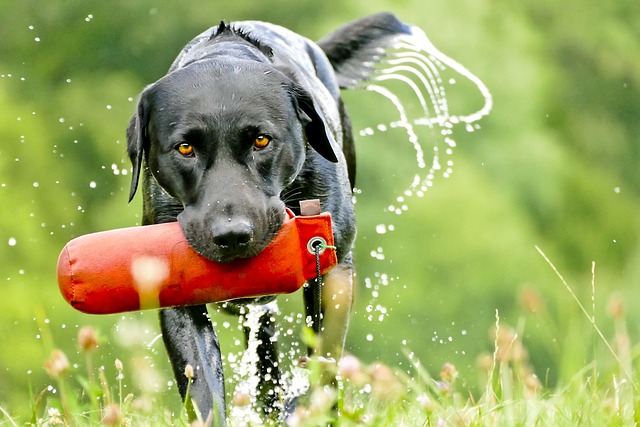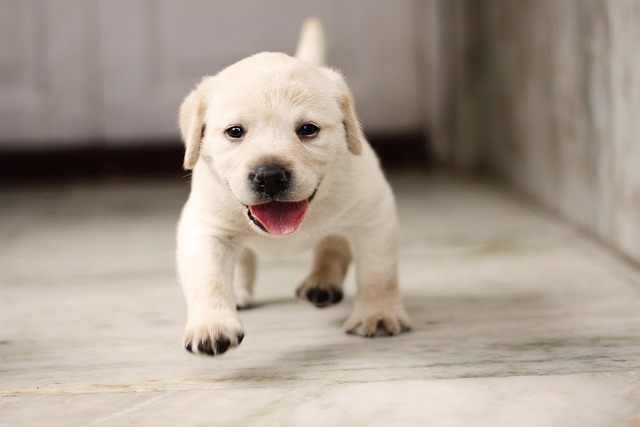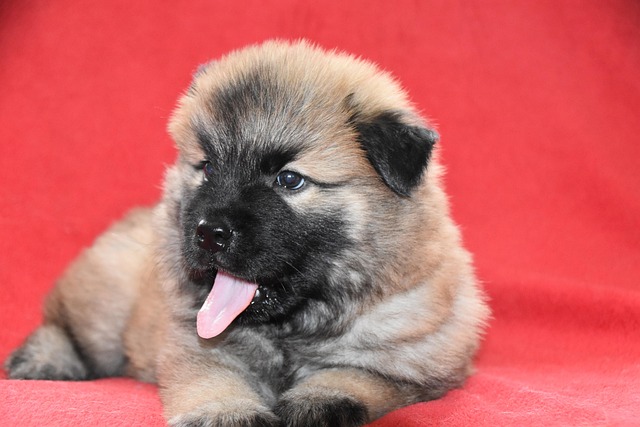When we joyfully welcome a lovely dog into our lives, training it to develop good toileting habits becomes an important issue for every dog owner. Among the many training methods, crate training is often mentioned, and some even consider it the only effective way to train a dog to use the toilet. However, is this really the case? Let's explore the mysteries of dog potty training together, uncover the secrets of crate training, and see if there are other training methods that are equally good or even more suitable for some dogs.
Crate training is widely used and well - known in the field of pet training. It is based on the profound principles of canine behavior. As animals with a sense of territory, dogs instinctively keep their "dens" clean. For a dog, a crate is like a small "home", a private space of its own. In this space, the dog will try to avoid excreting to keep its "territory" clean. Based on this nature, dog owners use crates to help dogs establish a regular toilet - going routine. After the dog has been in the crate for a while, such as after eating or waking up, the owner takes it to the designated toilet area. If the dog successfully excretes there, it is given enthusiastic rewards, such as delicious snacks, affectionate strokes, and cheerful praise. Through such repeated training, the dog gradually learns to associate the specific location with the excretion behavior, thus developing the good habit of using the toilet in a fixed place.
Crate training does have its significant advantages. For those dog owners with a busy lifestyle, crate training can save time and energy to a certain extent. It sets a relatively controllable space for the dog, reducing the risk of the dog excreting randomly at home. When the owner cannot watch the dog all the time, the crate can prevent the dog from getting into trouble and also ensure the dog's safety, preventing it from coming into contact with potentially dangerous items at home. Moreover, from the dog's psychological perspective, the crate can bring a sense of security to them, especially for those dogs that are prone to anxiety or are timid. In a strange environment, the crate is like a safe haven for them, allowing them to rest peacefully.
 However, crate training is not suitable for all dogs, nor is it the only way to train a dog to use the toilet. Some dogs are naturally lively and active and are extremely sensitive to space restrictions. Keeping them in a crate for a long time may cause anxiety and restlessness in the dog, and even lead to the occurrence of some behavioral problems, such as excessive barking and biting the crate. For such dogs, we need to find other more gentle training methods that are more suitable for their personalities.
However, crate training is not suitable for all dogs, nor is it the only way to train a dog to use the toilet. Some dogs are naturally lively and active and are extremely sensitive to space restrictions. Keeping them in a crate for a long time may cause anxiety and restlessness in the dog, and even lead to the occurrence of some behavioral problems, such as excessive barking and biting the crate. For such dogs, we need to find other more gentle training methods that are more suitable for their personalities.
One widely used and effective alternative method is guided training. This training method emphasizes the close interaction and communication between the dog owner and the dog. The owner needs to always pay attention to the dog's behavioral signals, because dogs usually have some specific behaviors before they want to excrete, such as constantly sniffing the ground, circling, and wandering around the door. Once these signals are detected, the owner should quickly and gently guide the dog to the designated toilet area. After arriving, patiently wait for the dog to finish excreting and give it sufficient rewards after the dog has successfully excreted. This training method requires the owner to invest more time and energy to observe the dog, but it can build a deeper trust and tacit understanding between the dog and the owner. The dog will understand that the owner is helping it, rather than forcing it to do something. Through this kind of loving and patient guidance, the dog can also gradually develop good toileting habits.
There is also a method that uses the dog's social nature for training. If there is already a well - trained dog at home, the new dog may learn the toileting behavior by observing and imitating. The owner can let the two dogs play together. When seeing the well - trained dog go to the designated place to use the toilet, guide the new dog to go there together. This kind of peer - to - peer learning method often allows the dog to accept and adapt to the toilet training more naturally. Moreover, in this process, the dog can also get the company and social interaction of its peers, which is also beneficial to its mental health.
In addition, some dog owners will also use the method of restricting the dog's activity range for training. For example, in a relatively small and easy - to - clean area, lay out special dog pee - pads or place a litter box. The dog moves around in this limited space and will gradually get used to excreting on the pee - pad or in the litter box. As the dog progresses, gradually expand its activity range. This method gives the dog a certain degree of freedom while allowing it to learn to use the toilet in a relatively safe and easy - to - manage environment.
When choosing a method to train a dog to use the toilet, we should not blindly follow the trend, nor should we think that crate training is the only option. Every dog is unique, with different personalities, living habits, and learning abilities. As dog owners, our responsibility is to understand our dogs deeply, respect their individual differences, and then choose the most suitable training method for them. Whether it is crate training, guided training, learning from peers, or restricting the activity range training, the core is based on love and understanding for the dog. We hope that the dog can grow up healthily and happily, and good toileting habits can not only make our lives more tidy and orderly, but also promote the establishment of a deep emotional bond between the dog and us. Therefore, let's explore with our hearts to find the key to open the door to the dog's good behavior habits and create a harmonious and beautiful living environment with our furry friends.

 However, crate training is not suitable for all dogs, nor is it the only way to train a dog to use the toilet. Some dogs are naturally lively and active and are extremely sensitive to space restrictions. Keeping them in a crate for a long time may cause anxiety and restlessness in the dog, and even lead to the occurrence of some behavioral problems, such as excessive barking and biting the crate. For such dogs, we need to find other more gentle training methods that are more suitable for their personalities.
However, crate training is not suitable for all dogs, nor is it the only way to train a dog to use the toilet. Some dogs are naturally lively and active and are extremely sensitive to space restrictions. Keeping them in a crate for a long time may cause anxiety and restlessness in the dog, and even lead to the occurrence of some behavioral problems, such as excessive barking and biting the crate. For such dogs, we need to find other more gentle training methods that are more suitable for their personalities.



